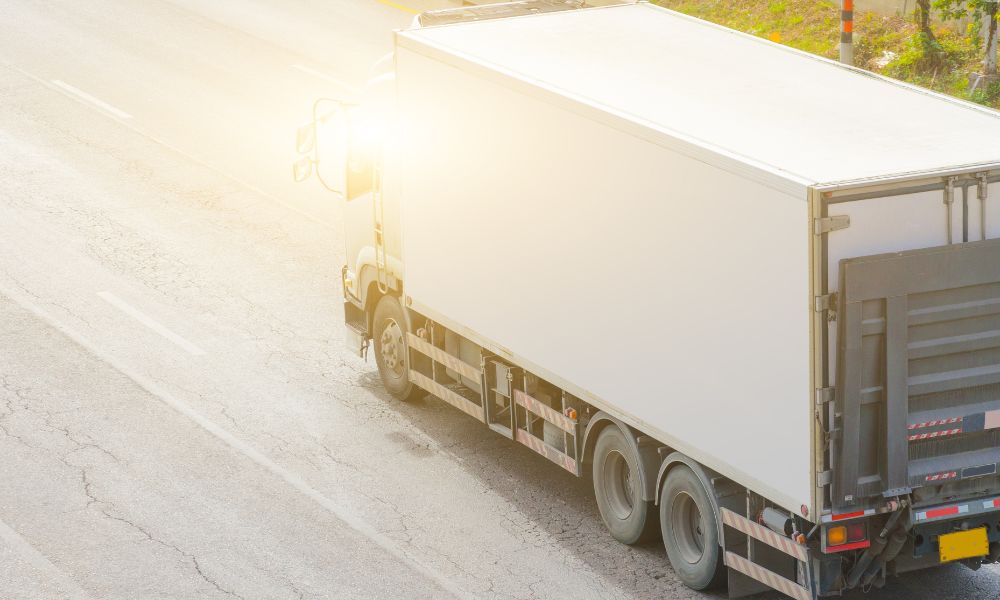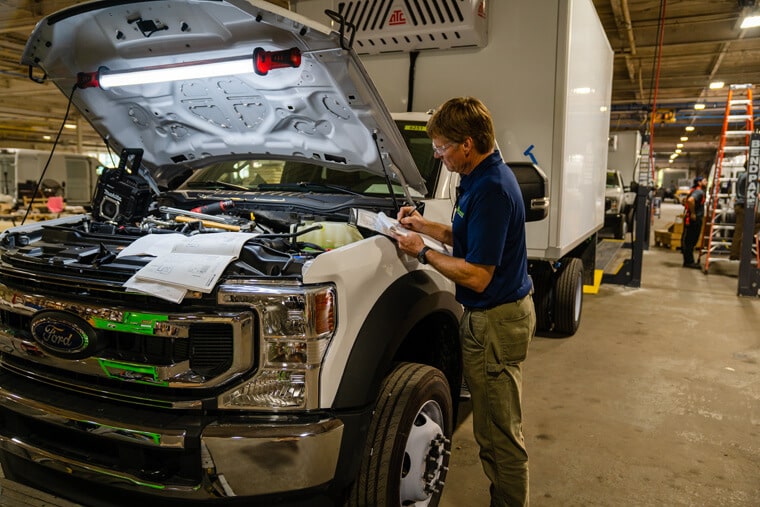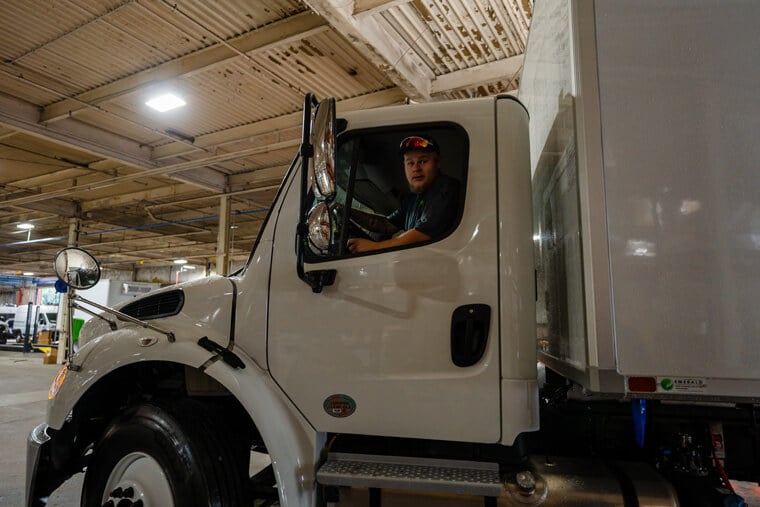
Why a Small Delivery Van Is Better for Urban Areas
Todd Cawley | May 7th, 2022
The requirements for operating a delivery service in an urban area vary from those in suburbs or rural locations. Typically, such a delivery service expects shorter distances, heavier traffic, and varying time spent on the road. This is because urban areas involve narrow streets with crossing pedestrians and more obstacles when parking. A small delivery van is better for urban areas due to its size, maneuverability, and sustainability. Learn how investing in a small delivery van can optimize your business by providing high-quality service to customers in densely populated urban areas.
The Size
Various delivery services require specific types of vehicles, such as semi-trucks or insulated vans from refrigerated truck manufacturers. The size of your delivery vehicle determines the amount of cargo you can load and how efficiently you can drive on the road. A small delivery van is better for urban areas because it eliminates the issue of parallel parking or having a high roof going under a parking deck.
The Mobility
Urban areas contain narrow streets occupied by pedestrians and other forms of traffic. It’s important for a delivery vehicle to have maneuverability to avoid collisions and protect the cargo. A small delivery van is easy to drive on the roads with a tighter turning radius and shorter exterior dimensions. A small delivery van also permits the driver to park in more narrow spaces inside urban areas to make deliveries.
The Economic Benefits
A delivery service can spend just as much time on the road in an urban area as it does in a rural location. Delivering goods in a city has shorter routes, but these have more pedestrians and vehicles occupying them. A larger van has a higher fuel consumption rate. Using a small delivery van provides a benefit in fuel economy for your business by requiring less and still covering the necessary routes.
Emerald Transportation Solutions is your one-stop shop for all your delivery vehicle needs. Explore our broad selection of insulated trucks, vans, and reefers to optimize your transportation process. Extend any questions about our product through our contact information today!
Related Articles
Contact Us
Feel Free To Contact Us If You Have Any Questions
What does under DOT mean?
Questions regarding DOT requirements come up often. 10,000 lbs GVW (gross vehicle weight) and over are commercial vehicles that fall under the Department of Transportation regulatory requirements.
What is the difference between GVW and payload?
GVW or Gross Vehicle Weight is the entire weight of the vehicle including the payload. The payload weight represents the amount of cargo you are hauling.
What is a self-powered unit and a vehicle-powered unit?
A self-powered unit has its own fuel source and will run independent of the truck. This is the heaviest and most expensive option. While vehicle-powered units run off the engine via a compressor mounted on the engine. These are less expensive and lighter in weight but you must run the truck or plug the electric standby into shore power.
What does K-factor mean and why is that important?
K-factor is a term that stands for the overall insulating value of the container (truck body). Quite simply the lower the K-factor the better the truck body will be able to maintain a given temperature and require less energy to do so.
How much lighter is a Poly Van vs a US spec body?
Poly Van bodies are very light. On average we estimate we are 75-150 lbs per foot lighter than a traditional sheet and post foamed in place body. These weight savings translates to less fuel burn and less CO2 emissions, along with added payload, the most important benefit.






